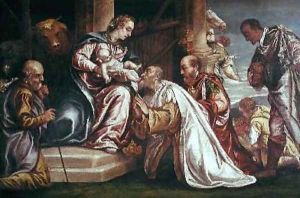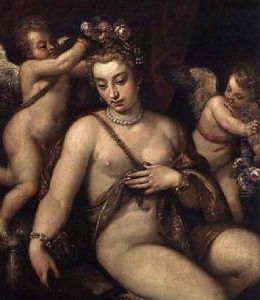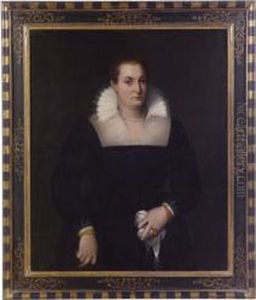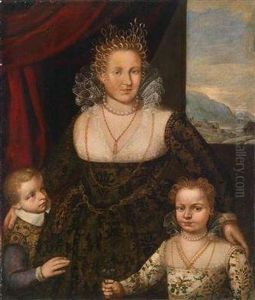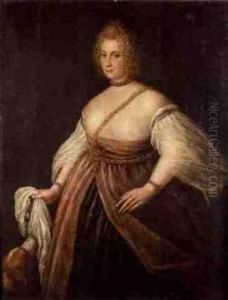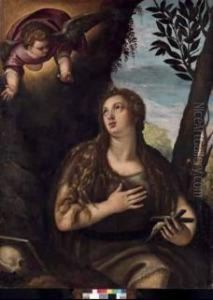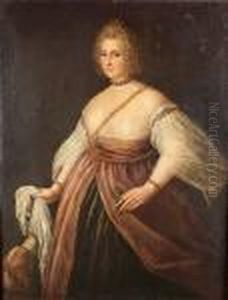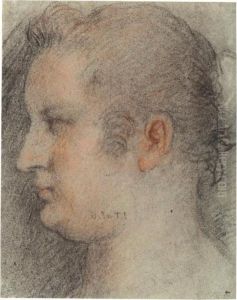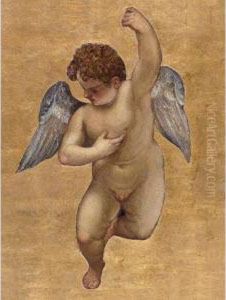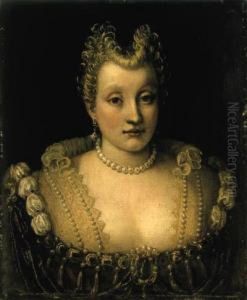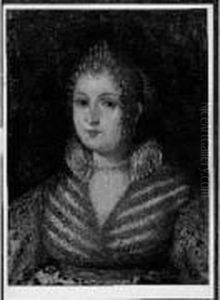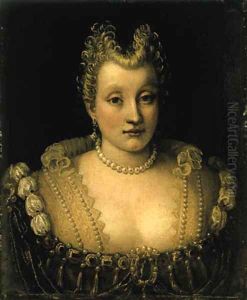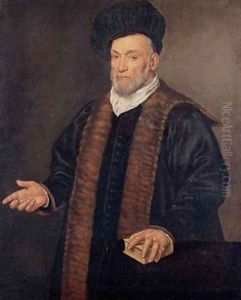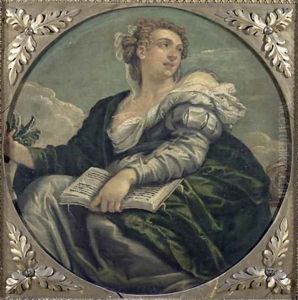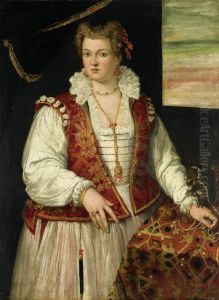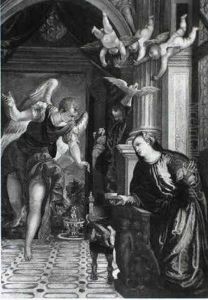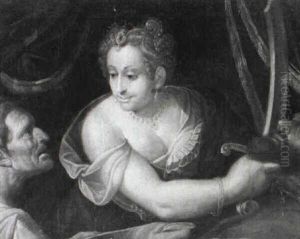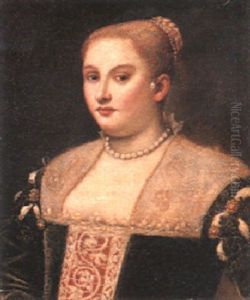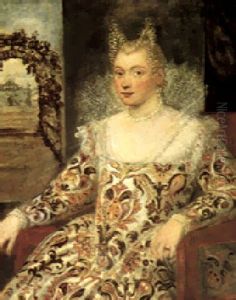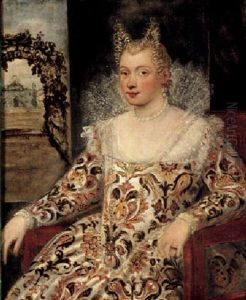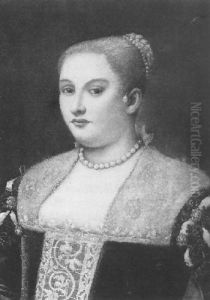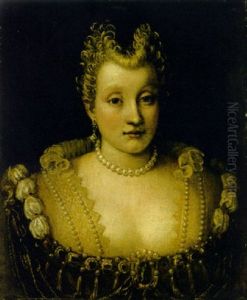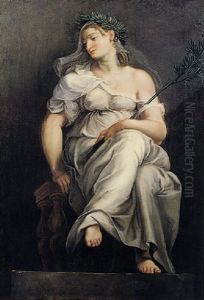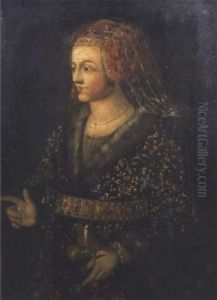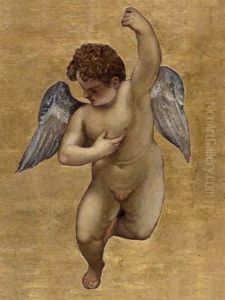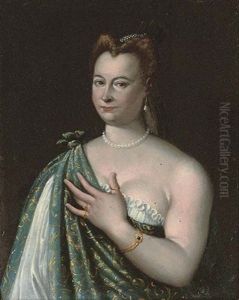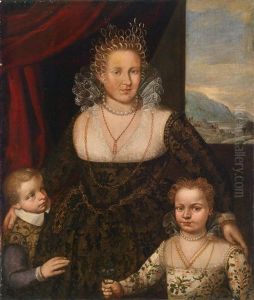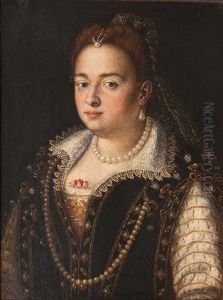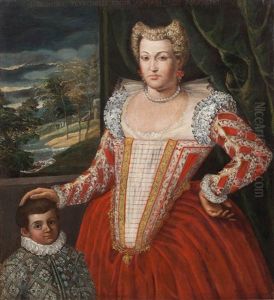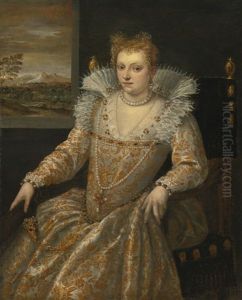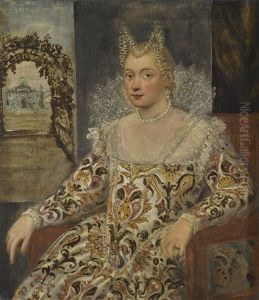Francesco Montemezzano Paintings
Francesco Montemezzano was an Italian painter of the late-Renaissance or Mannerist period, active mainly in Verona and Venice. Born in Verona around 1540, Montemezzano was influenced by the Veronese school and is known for his religious and mythological scenes, which were characterized by their vivid colors and dynamic compositions. He was a contemporary of Paolo Veronese, and his work often reflects the stylistic influences of the more famous painter.
Montemezzano's training and early career remain somewhat obscure, but it is believed that he was a pupil of Paolo Farinati, another prominent Veronese artist. Throughout his career, Montemezzano developed a style that, while influenced by his contemporaries, displayed his unique approach to composition and color. His works were praised for their expressiveness and the emotional depth he brought to biblical and mythological subjects.
His most notable works include altarpieces and frescoes for churches in and around Verona, as well as portraits. One of his significant contributions is the altarpiece of 'The Last Supper' for the church of San Giorgio in Braida in Verona, which showcases his mastery of color and composition.
Despite his contributions to the Italian Renaissance, Montemezzano has not received the same level of recognition as some of his contemporaries. However, his works are still appreciated for their beauty and historical value, and they continue to be studied for insights into the period's artistic developments.
Montemezzano's death in 1602 marked the end of a career that had spanned over six decades, during which he contributed significantly to the Italian Renaissance's artistic landscape. His legacy is preserved in the collections of various museums and churches, where his paintings continue to be admired by art enthusiasts and scholars alike.
